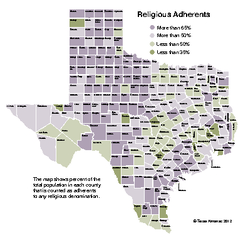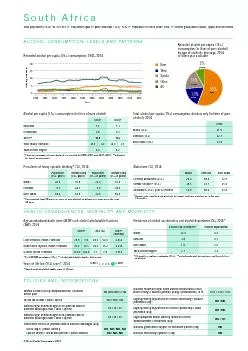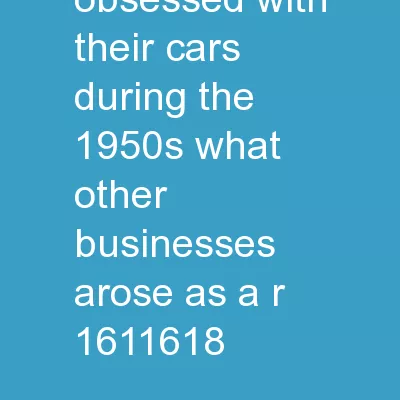PDF-Americans use more energy per capita than any other co
Author : trish-goza | Published Date : 2015-05-06
BY VACLAV SMIL NOVEMBER 2011 The problems that ail the US economy and American society are one and the same Both consume too much and refuse to make badly needed
Presentation Embed Code
Download Presentation
Download Presentation The PPT/PDF document "Americans use more energy per capita tha..." is the property of its rightful owner. Permission is granted to download and print the materials on this website for personal, non-commercial use only, and to display it on your personal computer provided you do not modify the materials and that you retain all copyright notices contained in the materials. By downloading content from our website, you accept the terms of this agreement.
Americans use more energy per capita than any other co: Transcript
Download Rules Of Document
"Americans use more energy per capita than any other co"The content belongs to its owner. You may download and print it for personal use, without modification, and keep all copyright notices. By downloading, you agree to these terms.
Related Documents














